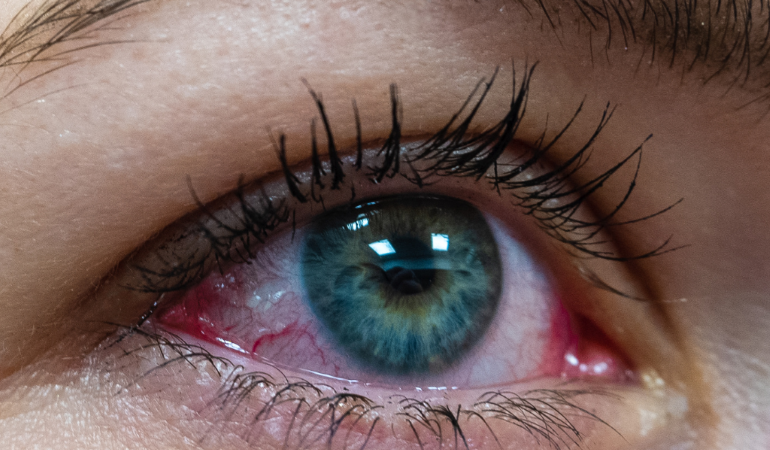Glaucoma Surgery

Glaucoma Surgery
Glaucoma surgery is a procedure to lower the pressure inside the eye (intraocular pressure, or IOP). Glaucoma is a group of eye diseases that damage the optic nerve, which carries images from the eye to the brain. High IOP is the main risk factor for glaucoma, but it is not the only factor.
Glaucoma surgery is not a cure for glaucoma, but it can help to preserve vision and prevent further damage to the optic nerve. Surgery is usually recommended when medications or other treatments are not effective at lowering IOP.
There are two main types of glaucoma surgery: laser surgery and incisional surgery.
• Laser surgery is a less invasive type of surgery that uses a laser to create small openings in the drainage system of the eye. This allows fluid to drain more easily and lowers IOP.
• Incisional surgery involves making a small cut in the eye to create a new drainage channel for fluid. This type of surgery is more invasive than laser surgery, but it is also more effective at lowering IOP.
The type of glaucoma surgery that is right for you will depend on the type and severity of your glaucoma, as well as your overall health.
Here are some of the most common types of glaucoma surgery:
• Trabeculectomy: This is the most common type of incisional glaucoma surgery. The surgeon creates a small flap in the white part of the eye and removes a small piece of tissue from the drainage system. This creates a new drainage channel for fluid.
• Deep Sclerectomy: This is a non-penetrating glaucoma surgery, that is less invasive than trabeculectomy. Deep Sclerectomy creates a small flap in the sclera and a new drainage channel in the conjunctiva.
• Selective laser trabeculoplasty (SLT): This is the most common type of laser glaucoma surgery. The surgeon uses a laser to create small openings in the drainage system of the eye. This allows fluid to drain more easily and lowers IOP.
• Argon laser trabeculoplasty (ALT): This is the most common type of laser glaucoma surgery. The surgeon uses a laser to create small openings in the drainage system of the eye. This allows fluid to drain more easily and lowers IOP.
• Laser peripheral iridotomy (LPI): LPI is used to treat narrow-angle glaucoma. It creates a small hole in the iris, which allows fluid to circulate more freely and prevents the iris from blocking the drainage channels.
• Cyclophotocoagulation (CPC): CPC is used to reduce the production of aqueous humor, the fluid that fills the front of the eye. CPC is typically used in people with advanced glaucoma or who have not responded to other types of treatment.
If you are considering glaucoma surgery, it is important to talk to your doctor about the risks and benefits of the procedure. Your doctor can help you decide if glaucoma surgery is right for you.
Here are some additional tips for preparing for and recovering from glaucoma surgery:
• Before surgery, talk to your doctor about any medications you are taking. Some medications may need to be stopped or adjusted before surgery.
• On the day of surgery, arrive at the hospital or surgery center early, as instructed by your doctor.
• After surgery, you will need to wear an eye patch or shield for a few days.
• You will also need to use eye drops to prevent infection and inflammation.
• Most people are able to return to their normal activities within a few weeks of surgery.
• However, it is important to avoid strenuous activities for a few weeks after surgery.
• Be sure to follow your doctor's instructions carefully after surgery.